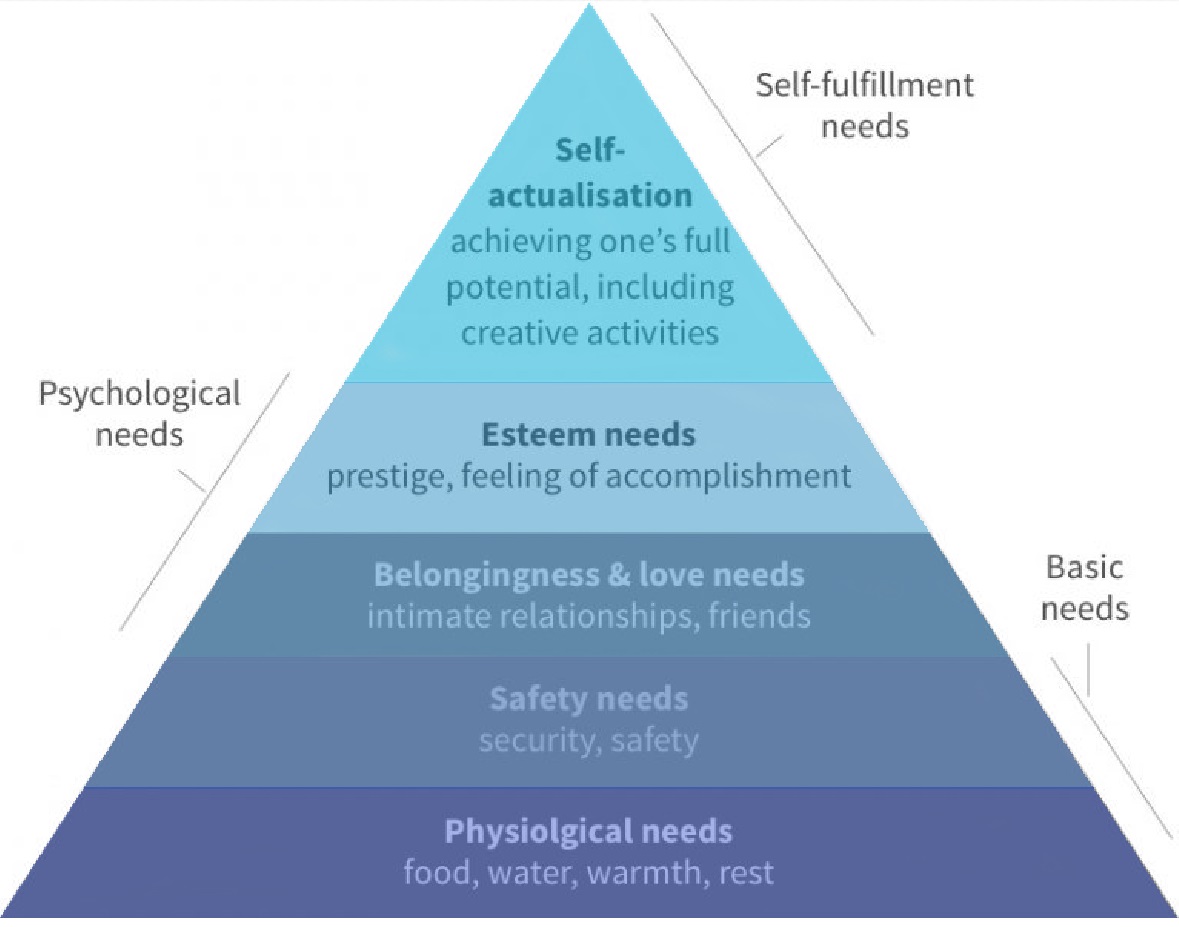Overview
Our bodies are evolved to respond to important situations with a kind of "turbo mode", othewise known as physiological arousal. Understanding this system and its effect on cognition can provide an additional lens through which to view cognitive biases.
When we perceive a situation as important for our survival in some way this, without practice, tends to trigger the release of the hormone and neurotransmitter noradrenaline which in turn affects our bodies (including increasing heart rate, triggering glucose release, and increasing blood flow) as well as our brains (by enhancing alertness, vigilance, memory, and attention). Such a state is also known as "fight, flight, or freeze" mode.
As discussed in the previous sub-section, uncomfortable emotions or situations can become motivations to resolve the issue - whether that be the actual issue or a manageable simplification of it. One strategy to prevent this is to develop the tendency to notice and self-regulate states of adverse physiological arousal to mitigate their triggering distortions of perception or reasoning.
Concepts
| Name | Description | Sources |
|---|---|---|
| Physiological Arousal | Involves activation of parts of the brain, which mediates wakefulness, the autonomic nervous system, and the endocrine system, leading to increased heart rate and blood pressure and a condition of sensory alertness, mobility, and readiness to respond. | [1] |
| Amygdala Hijack | If the amygdala perceives a match to a perceived dangerous stimulus it triggers the fight, flight, or freeze system which "hijacks" the rational brain. An amygdala hijack exhibits three signs: strong emotional reaction, sudden onset, and post-episode realization if the reaction was inappropriate. | [2] [2, 3] |
| Appraisal Theory | A theory in psychology that emotions are extracted from our evaluations (appraisals or estimates) of events that cause specific reactions in different people. Essentially, our appraisal of a situation causes an emotional, or affective, response that is going to be based on that appraisal. | [4] [5] |

Figure 1. Maslow's Hierarchy of Needs. Understanding the diversity of basic human needs can be helpful toward understanding that ways in which humans might come to feel triggered. Original work [6]. Diagram [7].
Perspective
- Remembering that appraisal plays an important role in the emotional response could be a useful way to help regulate a strong emotional response in yourself and/or others. Is the stimulus a threat or a challenging or exciting opportunity? Nearly any difficulty can be framed as an opportunity to exhibit excellence in emotional regulation.
Related Fallacies
The Appeal to Emotion fallacies have the most obvious basis in a theory of the triggering of physiological arousal by way of the threat response. But so too do many other fallacies in a less direct way. This general paradigm is an imporatnt one to keep in mind throughout one's study of the subject.
| Name | Description | Sources |
|---|---|---|
| Appeal to emotion | An argument is made due to the manipulation of emotions, rather than the use of valid reasoning. | [8] [9] |
| Argumentum ad baculum (appeal to the stick, appeal to force, appeal to threat) | An argument made through coercion or threats of force to support position. | [8] [9] |
| Appeal to pity (argumentum ad misericordiam) | An argument attempts to induce pity to sway opponents. | [8] [10] |
| Appeal to flattery | An argument is made due to the use of flattery to gather support. | [8] [11] |
| Appeal to consequences (argumentum ad consequentiam) | The conclusion is supported by a premise that asserts positive or negative consequences from some course of action in an attempt to distract from the initial discussion. | [8] [10] |
| Judgmental language | Insulting or pejorative language to influence the audience's judgment. | [8] |
| Appeal to ridicule | An argument is made by presenting the opponent's argument in a way that makes it appear ridiculous (or, arguing or implying that because it is ridiculous it must be untrue). | [8] |
| Appeal to spite | An argument is made through exploiting people's bitterness or spite towards an opposing party. | [8] |
References & Acknowledgements
[1] Wikipedia contributors. "Arousal." Wikipedia, The Free Encyclopedia. Wikipedia, The Free Encyclopedia, 3 Jun. 2020. Web. 25 Jul. 2020.
[2] Wikipedia contributors. "Amygdala hijack." Wikipedia, The Free Encyclopedia. Wikipedia, The Free Encyclopedia, 12 Jul. 2020. Web. 25 Jul. 2020.
[3] Horowitz, Shell. "Emotional Intelligence - Stop Amygdala Hijackings". Retrieved 2010-04-06.
[4] Wikipedia contributors. "Appraisal theory." Wikipedia, The Free Encyclopedia. Wikipedia, The Free Encyclopedia, 29 Apr. 2020. Web. 26 Jul. 2020.
[5] Scherer, K. R., & Shorr, A., & Johnstone, T. (Ed.). (2001). Appraisal processes in emotion: theory, methods, research . Canary, NC: Oxford University Press.
[6] Maslow, A.H. (1943). "A theory of human motivation". Psychological Review. 50 (4): 370–96. CiteSeerX 10.1.1.334.7586. doi:10.1037/h0054346 – via psychclassics.yorku.ca.
[7] "File:Maslow's Hierarchy of Needs.jpg." Wikimedia Commons, the free media repository. 26 Jun 2020, 09:09 UTC. 25 Jul 2020, 23:57 https://commons.wikimedia.org/w/index.php?title=File:Maslow's_Hierarchy_of_Needs.jpg&oldid=428910093.
[8] Wikipedia contributors. "List of fallacies." Wikipedia, The Free Encyclopedia. Wikipedia, The Free Encyclopedia, 26 Jul. 2020. Web. 28 Jul. 2020.
[9] Damer, T. Edward (2009). Attacking Faulty Reasoning: A Practical Guide to Fallacy-free Arguments (6th ed.). Wadsworth. ISBN 978-0-495-09506-4. Retrieved 30 November 2010.
[10] Walton, Douglas (2008). Informal Logic: A Pragmatic Approach (2nd ed.). Cambridge University Press. ISBN 978-0-511-40878-6.
[11] Gula, Robert J. (2002). Nonsense: Red Herrings, Straw Men and Sacred Cows: How We Abuse Logic in Our Everyday Language. Axios Press. ISBN 978-0-9753662-6-4.
Content derived from the hard work of many Wikipedia contributors and thus licensed under the Creative Commons CC-BY-SA 3.0, click here to read the license. Read more about our content approach here and see references above for specific source attributions.